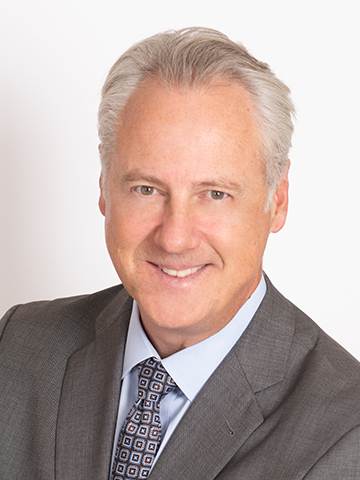2021 WMS: “No margin for error” in shipping radwaste

Eiler
Noting that an increasing number of large components will need to be shipped from the growing number of nuclear power plants being decommissioned, Todd Eiler, director of decommissioning and decontamination engineering projects at EnergySolutions, said that the safety of nuclear waste transportation is paramount. “It is imperative as an industry that we do these shipments safely. There’s really no margin for error here,” Eiler said on March 11 during the 2021 Waste Management Symposia virtual conference panel session “Efficient and Effective Waste Management During the D&D of Nuclear Power Plants.”
While noting the stellar safety record of the nuclear industry in transporting radioactive waste, Eiler said that any incident involving a large component from a decommissioned nuclear reactor will cause national headlines, and that the industry needs to adopt a conservatism above and beyond what is already required by regulations.
As plant owners and decommissioning companies prepare to ship reactor components for disposal, Eiler said, entities that do not have direct regulatory oversight but may have some secondary involvement should not be overlooked. As an example, he said that when moving the San Onofre-1 reactor pressure vessel to Utah for disposal, EnergySolutions was not required by regulations to coordinate with the Federal Railroad Administration. “However, they are a stakeholder that definitely has authority over a project of that magnitude [where] you are transporting an irradiated component on the nation’s most in-demand rail infrastructure,” he said, adding that getting the administration’s input early in the project was important.













 Nuclear power is an important component in the fight against climate change, but independent regulation is needed to gain the public’s---and governments'---trust, according to a March 6 article in The Economist, “
Nuclear power is an important component in the fight against climate change, but independent regulation is needed to gain the public’s---and governments'---trust, according to a March 6 article in The Economist, “